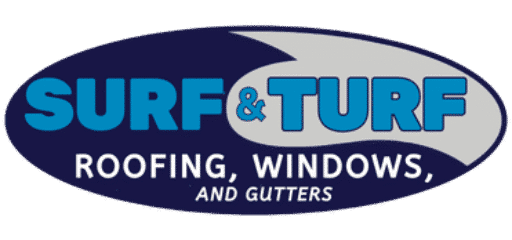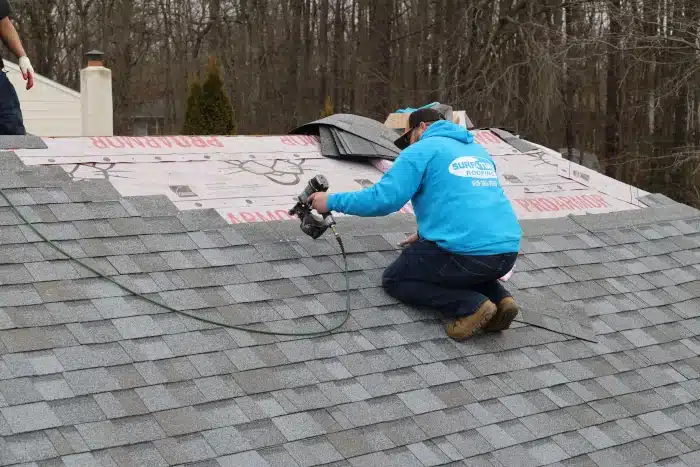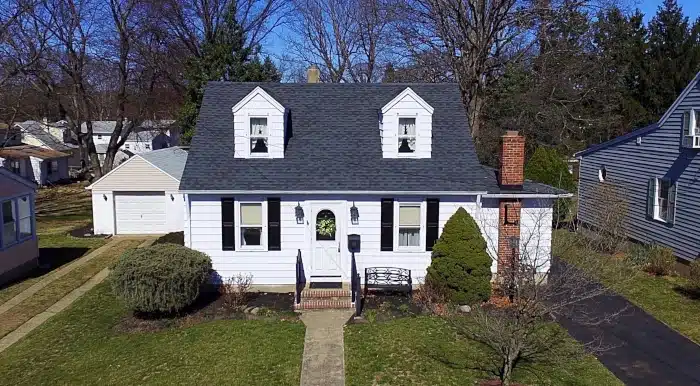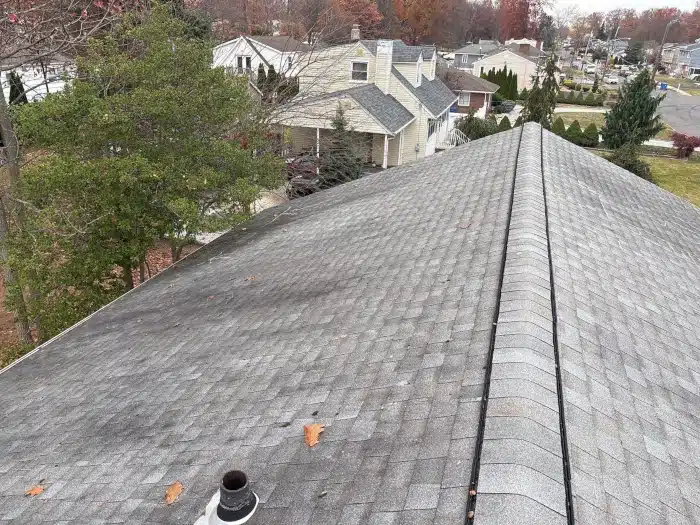When you look at a roof, you may only see the top shingles. However, a roof comprises of several layers working in tandem to provide reliable protection against weather elements while maintaining the right ventilation and humidity levels indoors. Understanding your roof’s anatomy is important to having a successful roofing project and hiring the right contractor. Here are 8 important layers your roof needs:
1. Insulation
Insulation is a board-type product, typically of low or medium density, made of lightweight concrete, mineral fibers, cellular glass, wood fireboard, foamed plastic, or other materials. One or both sides of the insulation may be faced with another material to provide thermal insulation in a roofing system. There is also blown-in cellulose insulation made from recycled materials like shreds of newspaper. The paper is then covered with a fire retardant coating.
2. Ventilation
A roof ventilation system is designed to provide a continual flow of air around the attic space, which helps to remove hot air and moisture from the roof system and attic. This reduces the impact of fluctuating temperatures and moisture conditions both inside and outside your home.
3. Roof deck
This is the material installed between the structural systems of a roof (trusses and joists) and the insulation and weatherproofing. For residential buildings, groove wood systems and plywood or tongue are the most popular roof deck materials.
4. Water shield
A water shield is a self-adhering, self-sealing, and water-proof membrane. It’s installed on the roof deck to help protect against water infiltration from wind-driven rainwater or ice buildup.
5. Underlayment
A roofing system’s underlayment provides an added layer of protection between shingles and the roof deck. It is designed to help reduce blow-off by allowing roofing shingles to lie flatter and more uniform. Underlayment also prevents wind-driven rain from getting under the shingles and causing damage to the roof’s structure or your home’s interior.
6. Ridge vent
A ridge vent is installed at the crest of a sloped roof to allow humid, warm air to escape from the attic. When properly installed, a ridge vent improves energy efficiency and extends the life of your roof.
7. Roofing material
The most visible layer of a roofing system is the roofing material (typically shingles). Today, shingles come with far superior specifications and longer warranties. They are also available in a wide range of styles and colors to match any home’s exterior. At Surf & Turf Roofing, we offer high-quality shingle roofing systems from reputable manufacturers such as Owens Corning Platinum, Onduvilla, GAF Timberline, and CertainTeed Landmark.
8. Flashing
Flashing is a thin strip or sheet of water-resistant material installed at roof projections and intersections, around doors and windows, and along the top of foundation walls. Its job is to direct water away from critical areas of the home.
Having learned the crucial layers of a roofing system, it’s important to always look for a reputable local roofer who understands these components and the crucial role they play in the functionality of your roof. Ready for your next roofing project? Contact Surf & Turf Roofing in South Jersey today!







